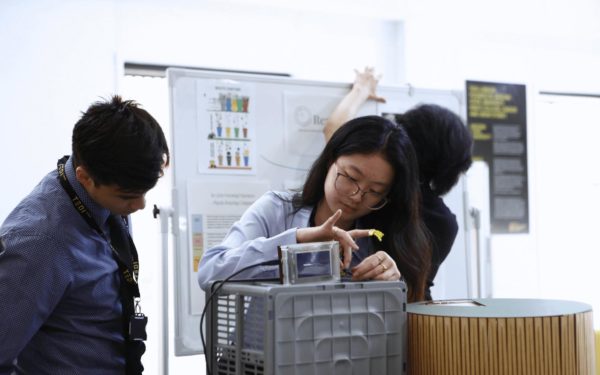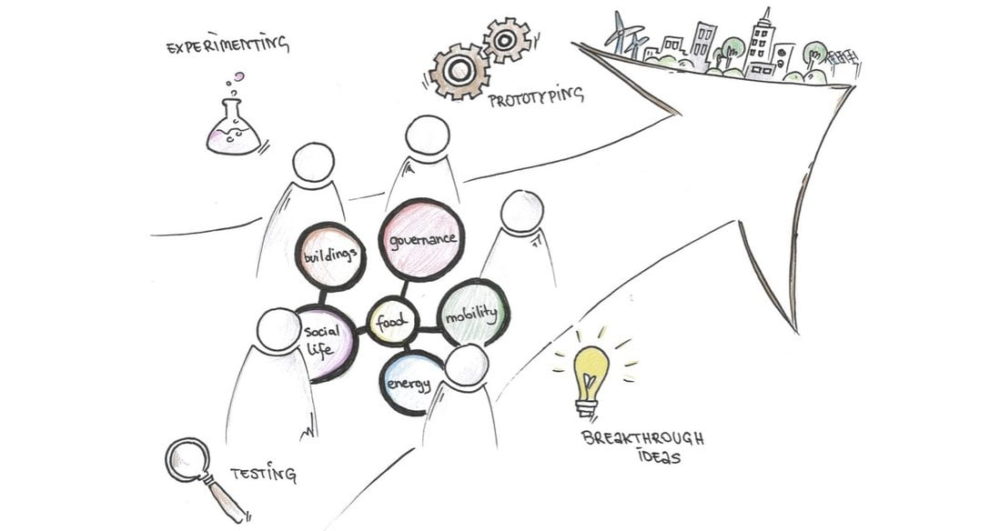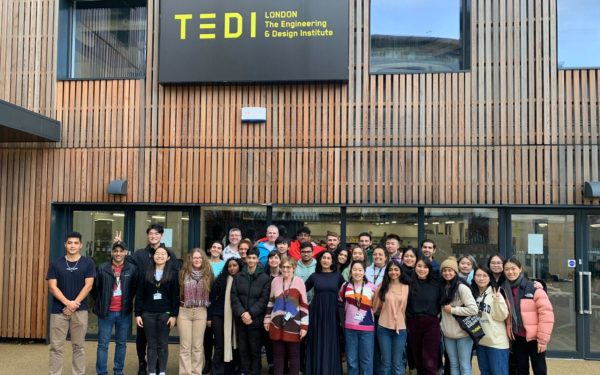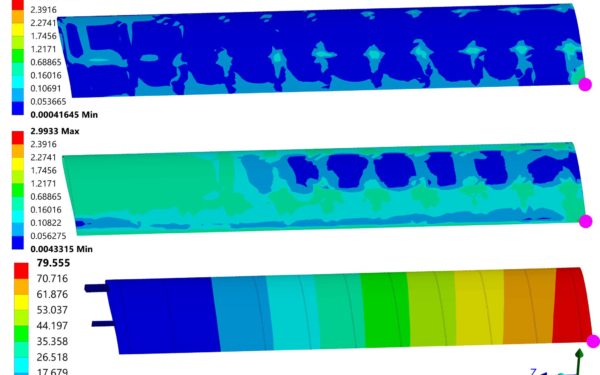
What are the benefits of living labs?

Image from E-Genius.
TEDI-London Senior Teaching Fellow, Dr Sam Fishlock, explains what a living lab is in the context of engineering design and how they can help lead to the development of better products and solutions.
What is a living lab?
When it comes to designing new products and innovations, individuals who aren’t trained as engineers can still provide valuable contributions, thanks to their insights as users who will benefit from the project output. The idea that all kinds of people – from engineers and stakeholders to members of the public – can be involved in design processes is one that already holds significant value. One design framework that adopts this applied and interdisciplinary approach is called the ‘living lab’. From start to finish, designers working within a living lab setting seek feedback and ideas from multiple perspectives and build their product or solution around the users themselves. As such, living labs tend to be located within relevant real-world environments, rather than existing in isolation.
For example, a living lab embedded within a hospital would allow biomedical researchers to work and develop products in close proximity to different stakeholders: medical staff including doctors, nurses, technicians and more, but also the patients and their family members. This makes it much easier to share feedback and ideas, as well as to test designs throughout the process.
Why are living labs important?
Whether it’s through the creation of new products and infrastructure, or enhancing what exists already, engineers play a big part in helping our societies function. The way our products and surroundings are designed have a huge impact on all of us, so it’s important for engineers to make sure that they fulfil their purpose properly and, ultimately, improve the lives of as many people as possible.
However, the design and engineering workforces don’t currently reflect our society very well; some marginalised groups aren’t well represented within the industry. Engineering teams that lack diverse representation won’t necessarily be able to design products and solutions that add equal value to every user – so they need the best methods and frameworks available to ensure that every innovation is designed for the overall good of society.
Frameworks like the living lab can help teams to empathise more with members of different user groups and make sure that the designed world around us takes all people into account.
What do living lab designers need to consider?
Design engineers working within a living lab setting should always be mindful that they are working alongside lots of people with different knowledge, skillsets, and experiences, within a real and functional environment. As such, it’s even more important than usual for them to:
Have empathy: for some projects, users, their families, and other stakeholders within a living lab setting may be extremely emotionally invested – especially if the solution being designed could potentially be life changing for a particular user group -, so it’s crucial for designers to take their inputs and experiences seriously.
Communicate clearly: living labs involve working with people who aren’t familiar with engineering-specific terms and principles, so designers should always explain processes clearly, using plain language.
Be open to feedback: engineers must be able to let go of certain aspects of their designs if they’re not going to lead to the best outcome for the end users. Asking questions and being open to constructive criticism allows engineers to modify their designs and ultimately make them better.
Living lab design at TEDI-London
Our second-year students are currently working on their living lab module, in which they have been tasked with designing toys and products for primary school aged, neurodiverse children with special educational needs. Through regular visits and discussions with people who are associated to the user group in different ways, our students have been able to better target their designs to meet the real needs of the children. This has helped our students understand the importance of obtaining a clear idea of the problems faced by certain individuals before working on their designs, to ensure that their solutions are as useful as possible. As such, when our students go on to become professional engineers after they graduate, they’ll be equipped to create products and services that are inclusive and benefit everyone.
“Designing within a living lab framework during this module has been really interesting for me. Whilst we are encouraged to carefully consider end users within every project at TEDI-London, the living lab module allowed us to design for a very specific user group and provided us with opportunities to find out exactly what those people need. Getting to know our user group through site visits and conversations was a useful way to learn about their personal experiences and the challenges they face, which in turn led to more useful solutions.”
Caelan, second year student at TEDI-London
More student projects articles


Winter school students launch community repair initiative
